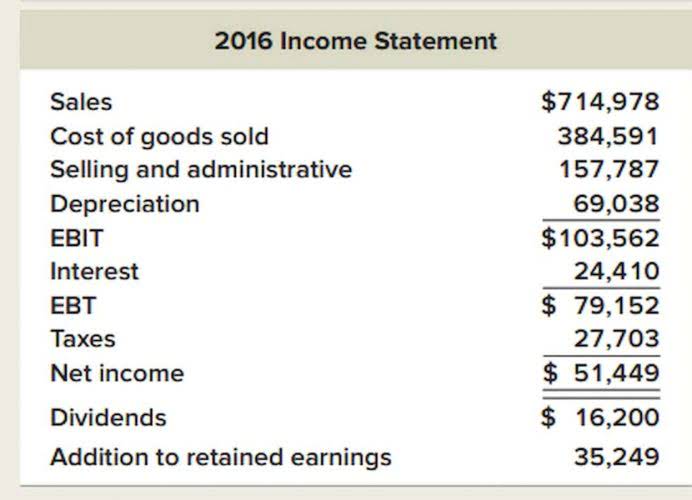
The principle in the operations section is to start with net income and adjust for all of the non cash items it includes, like depreciation for example. We also adjust for increases and decreases in asset and liability accounts. Some, like accounts receivable, are already included in income as sales revenue, but cash flow simple definition no cash has been received yet. In this example, items in parenthesis are deductions, no parenthesis are additions. Companies with a positive cash flow have more money coming in, while a negative cash flow indicates higher spending. Net cash flow equals the total cash inflows minus the total cash outflows.
- By looking at the statement, you can see whether the company has enough cash flowing in to fund its operations, pay its debts, and return money to shareholders via dividends or stock buybacks.
- You can think of financing activities as the ways a company finances its operations either through long-term debt or equity financing.
- A cash flow statement is a financial statement that summarizes the amount of cash flowing into and out of a company.
- Small business owners will realize proper cash flow management is essential.
- Negative cash flow typically shows that more cash is leaving the company than coming in, which can be a reason for concern as the company may not be able to meet its financial obligations in the future.
When all three statements are built in Excel, we now have what we call a “Three-Statement Model”. This information allows businesses to forecast future cash needs, make informed investment decisions, and track actual performance against budgeted targets. However, it does not measure the efficiency of the business in comparison to a similar industry. This is because terms of sales and purchases may differ from company to company.
What is the Statement of Cash Flows?
Cash inflow refers to the money, or income, that flows into the company. Cash outflow refers to the money, or expenses, that flows out of the company. Cash flow is then determined to be either positive or negative cash flow. A positive cash flow occurs when the business is receiving more money than it is spending; whereas a negative cash flow occurs when the business is spending more money than it is receiving. Businesses take in money from sales as revenues and spend money on expenses. They may also receive income from interest, investments, royalties, and licensing agreements and sell products on credit.
Your business might not have or need all three versions of a cash flow statement. For example, if you don’t have any investments or financing/debt obligations, you might just have an operating cash flow statement. Typically, a business engaged in providing goods and services will at least have an operating cash flow statement. For instance, when a company buys more inventory, current assets increase. This positive change in inventory is subtracted from net income because it is a cash outflow. There was no cash transaction even though revenue was recognized, so an increase in accounts receivable is also subtracted from net income.
Indirect Method Presentation
These three different sections of the cash flow statement can help investors determine the value of a company’s stock or the company as a whole. Businesses report their cash flow in a monthly, quarterly or annual cash flow statement. The statement reports beginning and ending cash balances and shows where and how the business used and received funds in a given period. To calculate OCF, earnings before interest and taxes, or EBIT, must be determined. Depreciation and amortization are terms regarding an asset’s value over a period of time.

This is the final piece of the puzzle when linking the three financial statements. Direct cash flow statements show the actual cash inflows and outflows from each operating, investing, and financing activity. While the indirect cash flow method makes adjustments on net income to account for accrual transactions. Under IFRS, there are two allowable ways of presenting interest expense or income in the cash flow statement. Many companies present both the interest received and interest paid as operating cash flows.
Download a free statement of cash flows template
It also helps to reconcile the beginning and end of monthly, quarterly, or annual cash balances. If you’re running a cash flow analysis, this is a document you need on hand. Issuance of equity is an additional source of cash, so it’s a cash inflow. This is buying back, through cash payment, the equity from its investors.